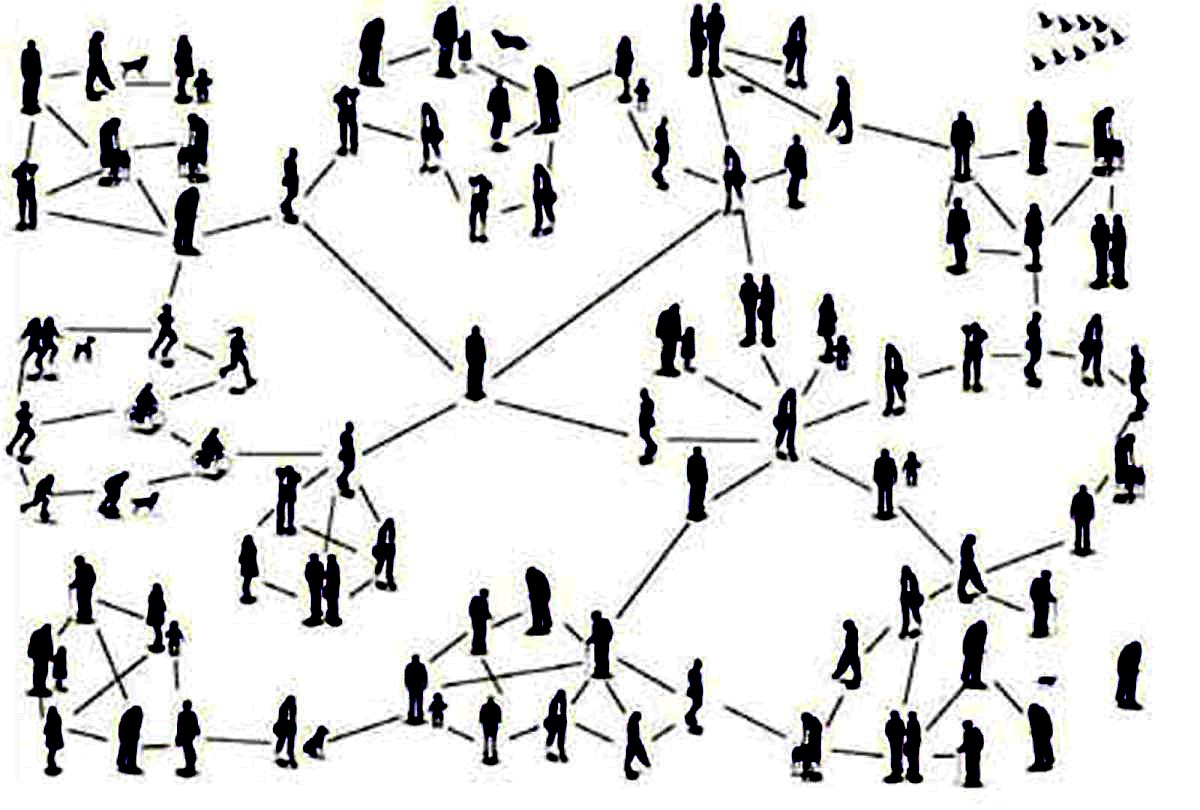
They ask that person to continue the links by e-mailing someone else they know.

But there's a catch - they can't just send an e-mail directly to the target, they must connect by creating a human chain.įirst, the participant e-mails someone they know. Their job is to link to this person via e-mail. In the experiment, each participant, or "searcher," is assigned a random "target," one of 18 people around the world. The Small World Project is carried out online. Watts himself has led one of the most significant experiments, Columbia's Small World Project. Everyone is connected in some way or another."Īs widespread as the notion of six degrees has become since it was hatched in the 1960s and has since become the subject of a play and movie, there has been very little effort to try to prove whether the hypothesis is true. "You may think that you're sort of locked away in your little part of the world," Watts said. Network Theory covers many subjects, including how people interact socially, how diseases spread, how people find jobs, and even how aspects of the World Wide Web operate. It's a Small World After Allįor a number of years, Watts has studied Network Theory, the scientific field that examines how networks form and how they work in society. With the help of Columbia University professor Duncan Watts, "Primetime" created a test that pitted real people against each other in a race to see who could connect themselves to a random third individual the fastest, and do it in an unusual way. "Primetime" resolved to find out by conducting a groundbreaking social experiment.

See how "Primetime's" experiment played out on "Basic Instincts: The Human Chain" Wednesday, Dec.


 0 kommentar(er)
0 kommentar(er)
